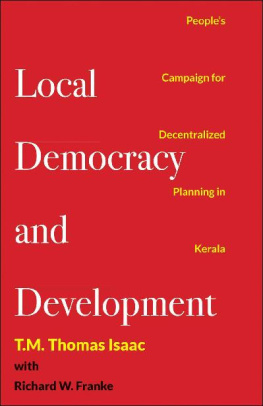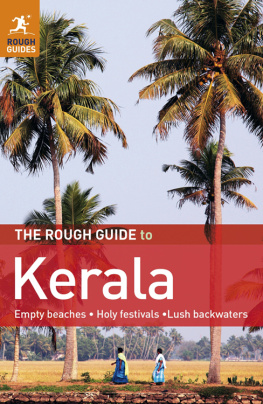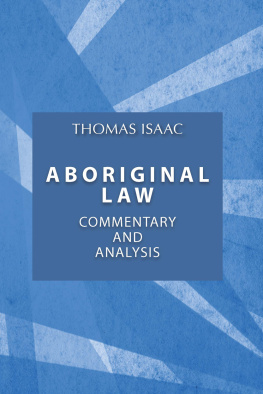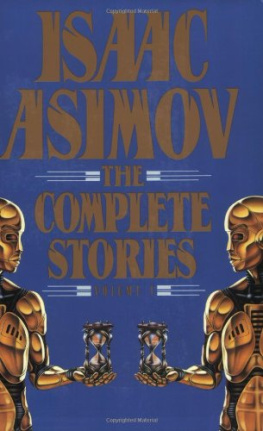First published in April 2022
First eBook published in April 2022
LeftWord Books
2254/2A, Shadi Khampur
New Ranjit Nagar
New Delhi 110008
INDIA
LeftWord Books and Vaam Prakashan are imprints of
Naya Rasta Publishers Pvt. Ltd.
leftword.com
ISBN 978-93-92018-37-4 (e-book)
978-93-92018-32-9 (paperback)
T. M. Thomas Isaac, 2022
There is no alternative (TINA) has been the slogan of the neoliberals ever since the collapse of the Soviet Union. The counter-slogan has been, Another world is possible. Here is the story of the ongoing struggles to build another world in Kerala, India. Hence the title of this book, Kerala: Another Possible World .
It was comrade Vijay Prashad who persuaded me to write this book as there was a lot of interest nationally and internationally to understand the socio-economic developments in Kerala. His condition was that the book should be small and non-technical. He has been pushing me to write for the last one year and this is the outcome. Many developments have taken place after the first draft of the book was written six months ago. I thought it would be better to reserve them for the next edition.
I thank Prof. A.V. Jose, Prof. K.J. Joseph and Gopakumar Mukundan for their comments on the draft manuscript. Dr Kiran K. Kakarlapudi helped to tabulate the data. K.G. Biju helped to analyse the electoral data. I have also benefited from discussions with scholars in the Gulati Institute of Finance and Taxation. S. Rananath has shouldered the responsibility for typing.
I thank Devi Vijay for her excellent comments and edits; Akash Sheshadri for his striking cover design; and Sudhanva Deshpande, Winnie Chauhan, and the entire LeftWord Books team for the care and attention given to this book.
T.M. Thomas Isaac
Distinguished Honorary Fellow
Gulati Institute of Finance and Taxation
Two recent events have brought public attention to the politics and economics of the Indian state of Kerala. With a population of 35 million, Kerala is on the southwest fringe of the Indian subcontinent. The first event was the states success in containing the spread of the Covid-19 pandemic and the fatality due to the disease during its first wave. Keralas health minister was celebrated as a Corona Slayer and a Rockstar. The second event was the electoral victory of the Left Democratic Front (LDF) in the 2021 election to the state legislative assembly, giving a second term to the government led by Chief Minister Pinarayi Vijayan. The electoral victory bucked the trend: within Kerala, it was for the first time during the last four decades that a government, Left or right, was re-elected after completing a term. After a series of setbacks in its strongholds at the national level, the Left savoured an electoral victory.
It was not for the first time that the state was attracting international attention. The newly formed united Kerala, the homeland of Malayalam-speaking people, startled the world in 1957 by electing Communists to government, one of the first such instances in history. Given the cold war global environment, the US anticipated a possible domino effect and supported a violent agitation by the opposition, which finally succeeded in ousting the government through the intervention of the central government in New Delhi. Kerala was, in their eyes, the problem state of India.
The state once again came into the limelight with the publication of the study Poverty, Unemployment and Development Policy by the Centre for Development Studies (CDS) in 1975. This text highlighted a rather unique development experience. Though economically backward, Kerala provided a much better quality of life for its ordinary people: all children go to school, and people are better educated; people are healthier and live longer; they are better sheltered and fed; and most people are provided with social security. It was a case of successful redistribution; its varied aspects were widely discussed in academic circles. It was the Left who unionised workers for better wages and mobilised peasants for land reforms, the two major redistributive measures. The social movements for education, health care, and basic needs had a much longer history, but the Left played an important role in taking forward these demands. Therefore, the legacy of redistributive gains was an essential part of the Left narrative and a cause of popular support.
Unlike the discussions about development such as those provoked by the CDS report which were primarily confined to the academic domain, the recent successes in containing COVID-19 and re-election of the state government have attracted widespread attention. In the context of a national epidemic of communalism, the question is asked: what makes the state of Kerala more resistant not only to the pandemic but also to the social virus of communalism and neoliberalism? What enabled Kerala to buck the trend?
THE CHALLENGE OF NEOLIBERAL GLOBALISATION
The fall of the Soviet Union and the emergence of neoliberal globalisation have been significant setbacks for radical movements worldwide. The trade union movement has steadily weakened because of the internationalization of production and restructuring of the workforce towards greater informalization. The nation-states have little control over the cross-border movement of capital, goods, and services. Possibilities of autonomous development paths are increasingly foreclosed. In Latin American countries, people fed up with the continuous decline in income and living standards due to the World BankInternational Monetary Fund structural adjustment programs, turned to Left alternatives during the 1990s in the Pink Tide revolutionary wave. Yet these movements could not be sustained. The measures adopted in many of these countries included land reforms, promotion of education and public health, and democratic decentralisation, similar to the Left initiatives in Kerala. And Kerala, unlike these countries, is only a state within the federal Indian union and therefore even more constrained in pursuing an autonomous development path. How did Kerala engage with the neoliberal regime in India?
Following independence in 1947, India adopted a capitalist development path grounded in state planning, where the productive forces were led by the public sector and were cushioned by import substitution. To overcome Indias domestic market constraints, the governments of the 1980s attempted to shift towards an export-oriented growth strategy supported by foreign loans and imports. By 1991, the country was in a major foreign exchange crisis and adopted the World BankInternational Monetary Fund programme of import liberalisation, devaluations, fiscal consolidation, and structural adjustment. The structural adjustment in many sectors as in financial sector liberalisation, labour law reforms, and public sector privatisation have been slow due to determined resistance from the trade union movement. Yet, the political environment has decisively shifted in favour of neoliberalism, with both major national parties the BJP and the Congress swearing by it. The regional parties which are in power in many of the states have shifted to neoliberal programmes. The Left is the only political formation that has adopted a consistent adversarial position to the neoliberal regime. But during the past two decades, the Left has lost power in Bengal and Tripura and has been weakened in most other states.














